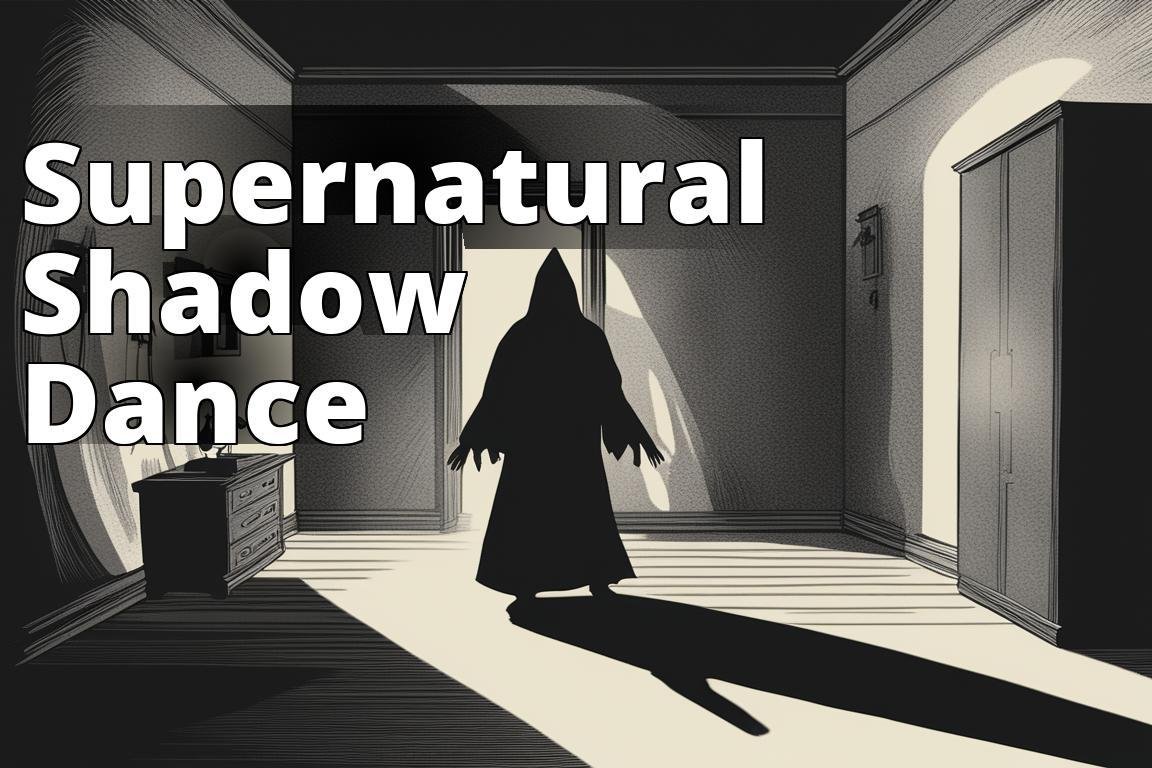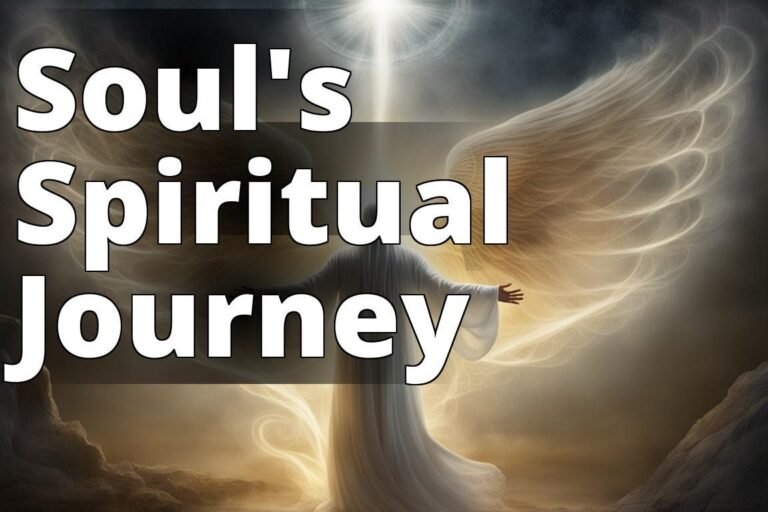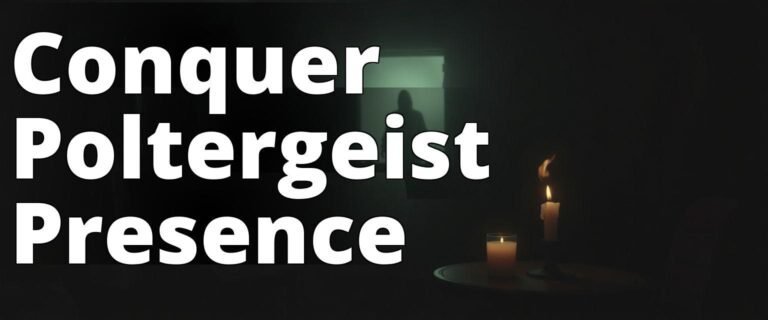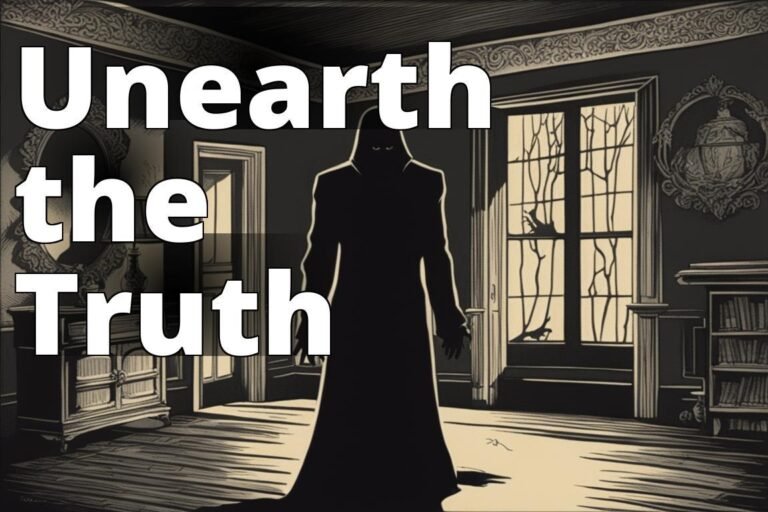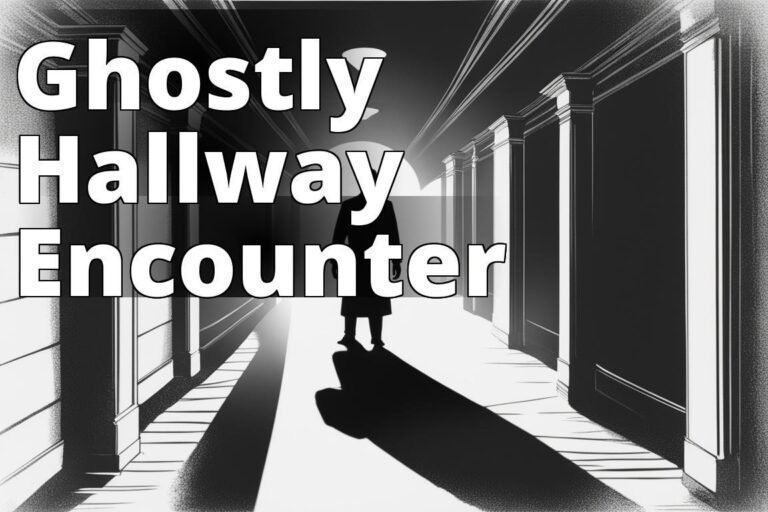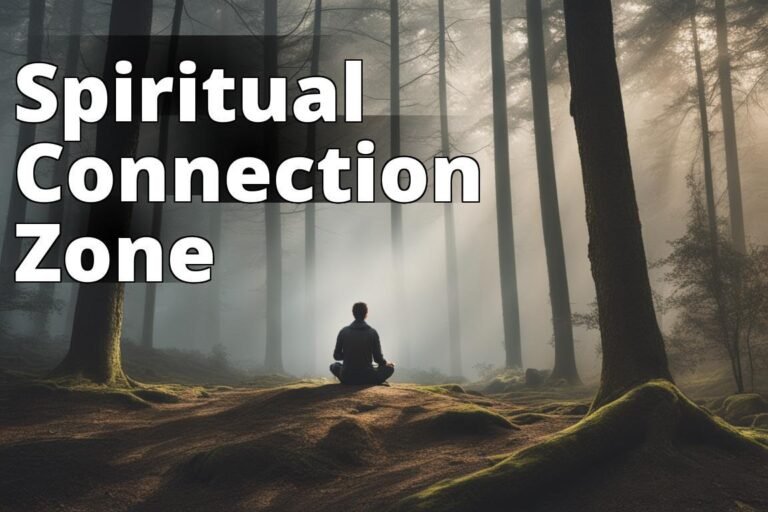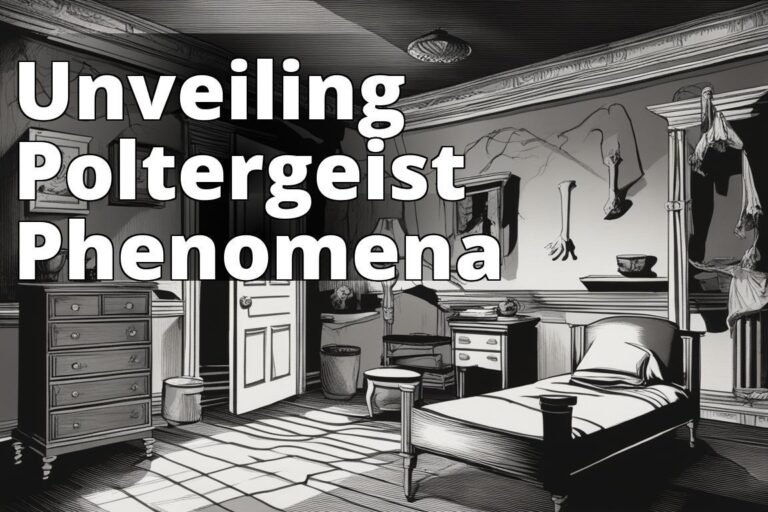What Is a Poltergeist?
What exactly is a poltergeist? This question has puzzled and fascinated humanity for centuries. The word poltergeist comes from the German words “poltern,” which means to make noise, and “Geist,” which means ghost. But there’s so much more to these spiritual infestations than just their literal translation. Today, we dive deep into the world of poltergeists, exploring their meanings, history, characteristics, and how they differ from other types of hauntings. Prepare to unlock the mysteries of one of the most intriguing phenomena in the supernatural realm.
Learn about Spiritual Infestations
- Poltergeist is a type of spiritual infestation characterized by noisy disturbances.
- Poltergeists are believed to be different from ghosts due to their ability to manipulate objects physically.
- Understanding the history, characteristics, types, activities, theories, examples, and solutions related to poltergeists.
What Is a Poltergeist?
Poltergeists have been the subject of fear and fascination in equal measure. Unlike your typical ghost story, poltergeist activity is often associated with physical disturbances objects moving on their own, unexplained noises, and even harm to the living. It’s a phenomenon that seems to defy the laws of physics and logic, leaving those who experience it both terrified and utterly perplexed.

Poltergeist Meaning
The etymology of the word “poltergeist” gives us our first clue into the nature of these disturbances. Poltergeists are, quite literally, “noisy ghosts.” But to lump them in with your garden-variety specters and spirits would be a mistake. Poltergeists are a unique breed of paranormal activity, often associated with specific locations or individuals and characterized by their physical, rather than merely visual, manifestations.
Poltergeist History
The history of poltergeist phenomena stretches back centuries and crosses cultures. From the stone-throwing spirits of ancient Indian texts to the tumultuous tales of haunting in medieval Europe, poltergeist activity has long been a staple of the supernatural. Historical documents and folklore alike recount tales of mysterious rappings, levitating objects, and even assaults from unseen forces, painting a picture of a phenomenon both widespread and deeply rooted in human experience.
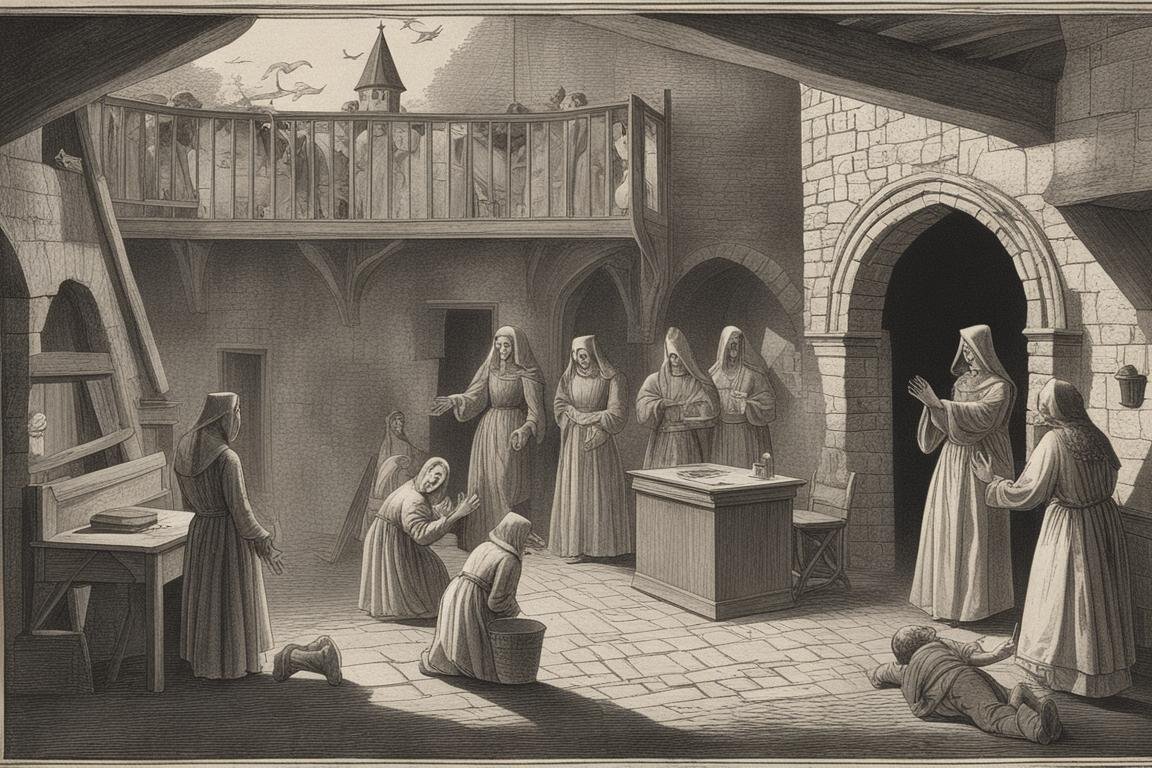
Poltergeist Characteristics
Poltergeists are defined by their dynamic and often disruptive behavior. Key characteristics include:
– Object Manipulation: The movement or levitation of objects without a discernible cause.
– Sounds: Unexplained noises ranging from knocks and bangs to eerie whispers.
– Physical Interaction: Reports of physical assaults by unseen forces are not uncommon.
– Electrical Disturbances: Malfunctions in electronic devices or flickering lights can accompany poltergeist activity.
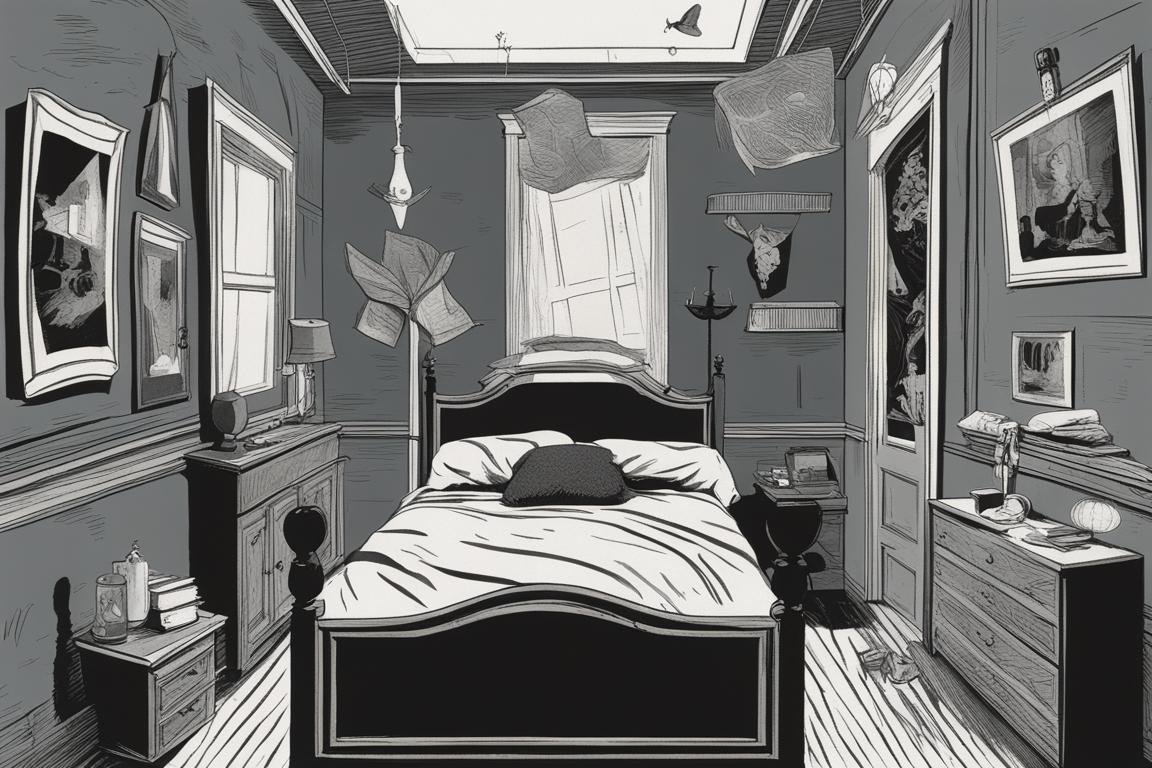
Poltergeist vs. Ghost
While both poltergeists and ghosts are considered spirits, there are distinct differences between them. Ghosts are typically associated with the apparitions or presence of deceased individuals, often bound to a specific location due to unresolved issues or tragic deaths. Poltergeists, on the other hand, are not always linked to the dead. Some theories suggest poltergeist activity stems from the subconscious energy of the living, particularly individuals undergoing emotional or psychological stress.
Types of Poltergeists
Poltergeist phenomena can vary widely, but they generally fall into a few categories:
– Object-focused Poltergeists: Concentrate on the manipulation of physical objects.
– Noise-making Poltergeists: Primarily manifest through unexplained sounds.
– Physical Poltergeists: Known for their interaction with people, such as pinching, hitting, or even causing more severe harm.
Each type presents its own set of challenges and mysteries, making the study of poltergeists a complex and multifaceted field.
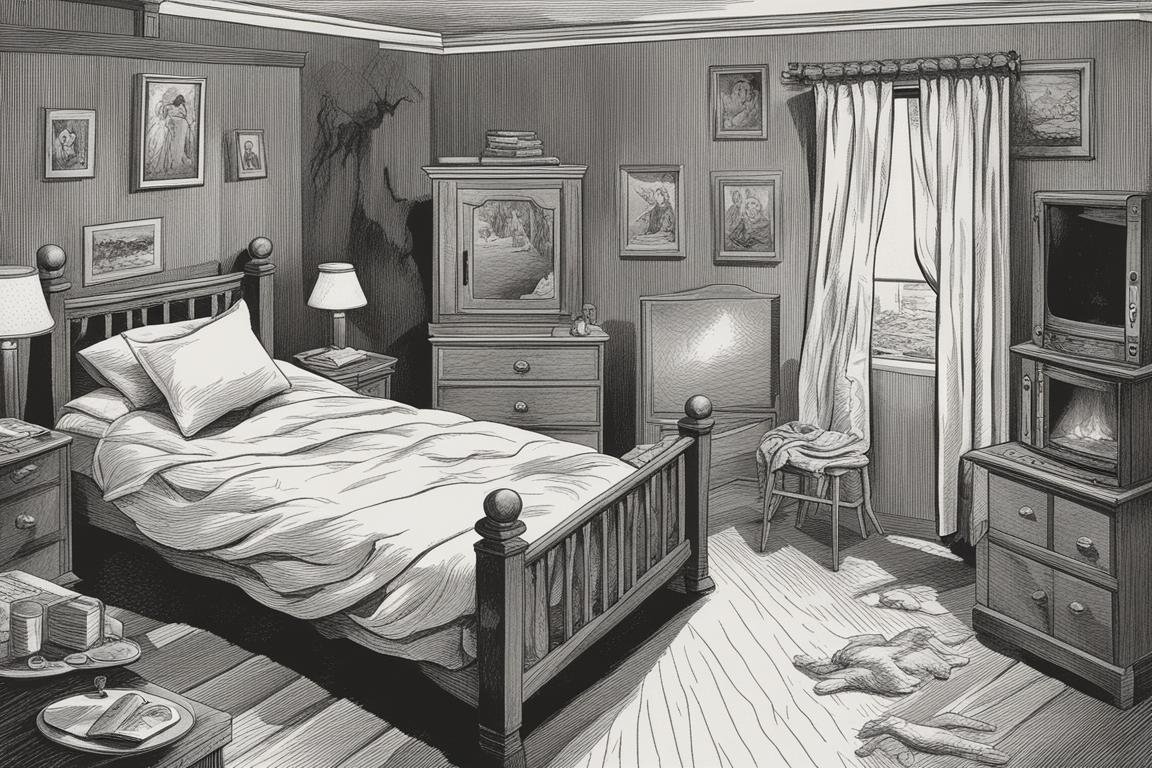
Poltergeist Activity
Poltergeist activity can range from mildly annoying to downright terrifying. Cases have been documented where families are driven from their homes by the intensity and violence of the disturbances. What makes poltergeist activity particularly intriguing is its tendency to center around a particular individual, known as the “focus” or “agent,” suggesting a link between human emotions and the manifestation of these phenomena.
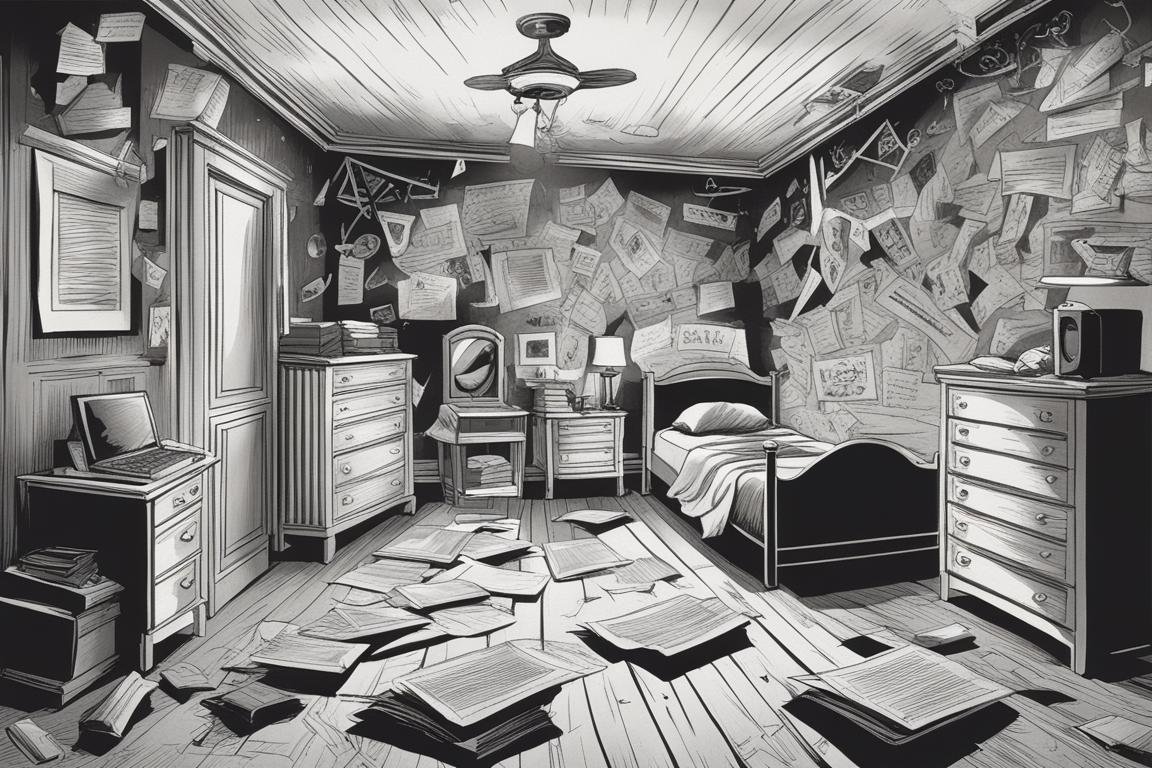
Poltergeist Theories
Several theories attempt to explain the poltergeist phenomenon. One of the most popular is the Psychokinetic Theory, which proposes that poltergeist activity is the result of subconscious psychokinetic energy produced by a person, often in response to stress or trauma. Another theory suggests that poltergeists are indeed spirits or entities, drawn to or created by intense emotional states. While no theory has been universally accepted, the search for answers continues.
Poltergeist Examples
One of the most famous examples of poltergeist activity is the Enfield Poltergeist, which terrorized a family in North London in the late 1970s. The case involved everything from levitating children to voices speaking through an 11-year-old girl, capturing the attention of paranormal researchers and the public alike. It remains one of the most well-documented and controversial cases in the history of poltergeist research.
How to Get Rid of a Poltergeist
Dealing with a poltergeist can be a daunting task. Traditional methods include cleansing rituals, the use of protective symbols, or the intervention of religious or spiritual leaders. In some cases, addressing the underlying emotional issues of the “focus” individual can lead to a cessation of activity. However, each case is unique, and what works in one instance may not be effective in another.
How to Protect Yourself From a Poltergeist
Protection from poltergeist activity often involves a combination of practical and spiritual measures. Ensuring emotional and psychological well-being can be as crucial as any physical protection. Practices like grounding, shielding, and the maintenance of a positive environment can also contribute to a sense of safety and security.
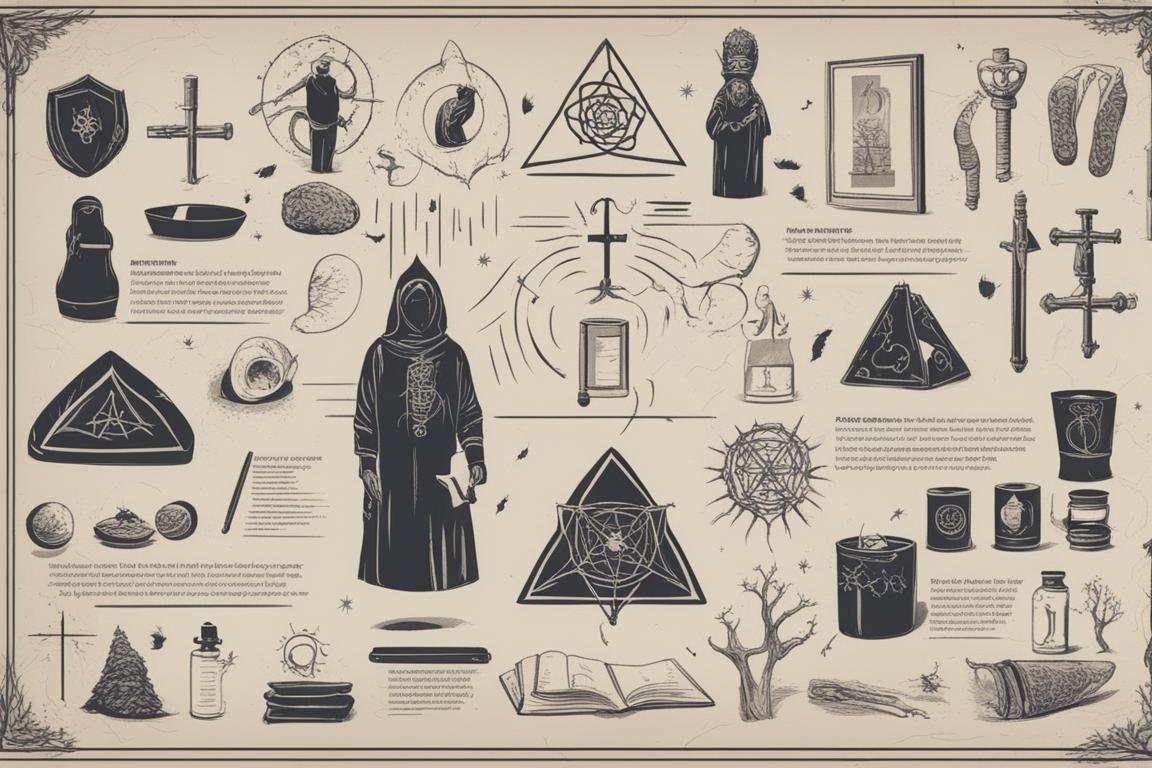
Conclusion
The world of poltergeists is vast, complex, and undeniably intriguing. From their historical roots to the modern-day understanding of their nature, poltergeists challenge our perceptions of reality and the boundaries between the physical and spiritual worlds. Whether viewed through the lens of psychology, spirituality, or pure paranormal curiosity, the study of poltergeists offers a fascinating glimpse into the unknown. As we continue to explore and attempt to understand these phenomena, one thing remains clear: the world is far more mysterious and enigmatic than we could ever imagine.
FAQ
Q.What are spiritual infestations in hauntings?
A.Spiritual infestations are when multiple entities haunt a location simultaneously.
Q.Who can be affected by spiritual infestations?
A.Anyone residing in or visiting a haunted location may be affected.
Q.How can one identify a spiritual infestation?
A.Signs include unexplained noises, objects moving, and sudden temperature changes.
Q.What should I do if I suspect a spiritual infestation?
A.Seek the help of a professional medium or paranormal investigator.
Q.How can I protect myself from spiritual infestations?
A.Practices like smudging, setting boundaries, and prayer can help.
Q.Won’t ignoring a spiritual infestation make it go away?
A.Ignoring it can potentially worsen the situation; it’s best to address it promptly.

